- What is a magnolia substrate?
- Importance of using the ideal substrate
- Ingredient 1: Organic Compost
- Benefits of using organic compost
- How to prepare organic compost
- 1. Choose the right ingredients
- 2. Prepare your compost bin
- 3. Start layering
- 4. Moisten the compost
- 5. Turn the compost
- 6. Wait for the compost to mature
- Ingredient 2: Coir
- Why coir is an important ingredient
- How to use coir in the substrate
- 1. Preparation of coir
- 2. Mixing coir with other ingredients
- 3. Using the coir substrate
- Ingredient 3: Perlite
- Benefits of Perlite
- How to Use Perlite
- The role of perlite in the substrate
- “Question-Answer”
- What are the three ingredients needed to create the ideal magnolia substrate?
- How much compost should I use for the magnolia substrate?
- Why is compost important for creating the ideal magnolia substrate?
- What is the purpose of peat moss in the magnolia substrate?
- Can I substitute perlite with something else?
- How often should I water the magnolia plant in the ideal substrate?
- “Video” How to Grow Mushrooms & Make $100,000 in just 6 Months
If you are an avid gardener or simply love the beauty and fragrance of magnolias, having the right soil for these exquisite trees is essential. Magnolias are known for their large, showy blossoms and lush green foliage, but they require a specific type of soil to thrive. This article will provide you with an easy recipe for creating the ideal magnolia substrate using just three ingredients.
Before we dive into the recipe, it’s important to understand why the right soil is crucial for magnolias. These trees prefer slightly acidic soil with good drainage. The ideal pH range for magnolias is between 5.5 and 6.5. Additionally, magnolias have shallow, spreading roots, so a loose and well-draining soil will allow the roots to absorb nutrients and water more effectively.
The three key ingredients for creating the ideal magnolia substrate are compost, sand, and pine bark. The compost will add organic matter to the soil, improving its structure and fertility. It also helps retain moisture and provides a steady release of nutrients. Sand is important for improving drainage in heavy soils, preventing water from pooling around the roots and causing root rot. The pine bark, when used as a mulch, regulates soil temperature, retains moisture, and adds acidity to the soil.
Recipe for the Ideal Magnolia Substrate:
- Mix equal parts compost, sand, and pine bark in a large container or wheelbarrow.
- Use a shovel or garden fork to thoroughly blend the ingredients, ensuring an even distribution throughout the mixture.
- Prepare the planting hole for your magnolia tree, making sure it is wide and shallow enough to accommodate the tree’s root system.
- Fill the planting hole with the prepared substrate, firmly packing it around the roots.
- Water the newly planted magnolia thoroughly, ensuring the substrate is evenly moist.
By following this simple recipe, you can create the perfect substrate for your magnolia tree, providing it with the optimal conditions to thrive and produce stunning blooms year after year. Remember to test the pH of the soil periodically and make adjustments as necessary to maintain the ideal acidity for your magnolia.
With just three ingredients and a little bit of effort, you can ensure your magnolia tree has the best possible growing conditions, allowing it to become a centerpiece in your garden and a source of joy for years to come.
What is a magnolia substrate?
A magnolia substrate is a type of planting medium that provides an ideal environment for the growth of magnolia trees and shrubs. It is commonly used in horticulture and gardening as it provides essential nutrients, moisture retention, and proper root aeration for the plants.
This substrate is specifically designed to mimic the natural habitat and conditions in which magnolia trees thrive. It is a mixture of organic and inorganic components that work together to create a well-balanced and nutrient-rich environment for the plants.
Magnolia substrates are typically lightweight, porous, and well-draining, allowing excess water to flow away from the roots and preventing the risk of root rot. This is important as magnolia trees prefer moist but well-drained soil.
The composition of a magnolia substrate may vary, but it commonly includes the following ingredients:
- Peat moss: Provides moisture retention and helps prevent the substrate from drying out too quickly.
- Compost: Adds organic matter and nutrients to the substrate, promoting healthy plant growth.
- Perlite: Improves soil aeration and drainage, preventing the substrate from becoming compacted.
These ingredients work together to create a substrate that retains moisture, provides essential nutrients, and allows for proper root development and growth. The magnolia substrate is crucial for ensuring the health and vitality of magnolia trees and shrubs, allowing them to thrive in various climates and soil conditions.
Importance of using the ideal substrate
The choice of substrate plays a crucial role in the growth and development of Magnolia plants. A high-quality substrate provides the necessary nutrients, water retention, and drainage capabilities that promote healthy root development and overall plant vigor. Using an ideal substrate ensures that the plants have a solid foundation to thrive and reach their full potential.
Nutrient Availability:
The ideal substrate should contain a balanced and adequate supply of essential nutrients that Magnolia plants require for growth. These nutrients include macronutrients such as nitrogen (N), phosphorus (P), and potassium (K), as well as micronutrients like iron (Fe), manganese (Mn), and zinc (Zn). A nutrient-rich substrate provides a steady supply of these elements to the plants, ensuring their proper development and productivity.
Water Retention and Drainage:
An ideal substrate should have excellent water retention capability, allowing it to hold and release water in a balanced manner. This ensures that the plants have access to a consistent water supply without suffering from waterlogging or drying out. Additionally, the substrate should have proper drainage properties to prevent waterlogging, which can lead to root rot and other plant diseases.
Root Development and Oxygenation:
The substrate plays a crucial role in root development by providing a suitable environment for root growth and oxygenation. It should have a loose and well-aerated structure that allows roots to penetrate easily, ensuring proper nutrient uptake and oxygen availability for cellular respiration. A balanced substrate with good oxygenation promotes strong and healthy root systems, which, in turn, support the overall growth and health of the Magnolia plants.
Pest and Disease Management:
An ideal substrate should have properties that deter common pests and diseases that can harm Magnolia plants. It should not promote the growth of fungi, bacteria, or other pathogens that can cause plant diseases. By using a high-quality substrate, gardeners can minimize the risk of pest infestations and disease outbreaks, ensuring the long-term health and productivity of their Magnolia plants.
Overall, using the ideal substrate is essential for successful Magnolia cultivation. It provides the necessary nutrients, water retention, and drainage capabilities that support healthy root development and overall plant vigor. By choosing a high-quality substrate, gardeners can maximize the growth and beauty of their Magnolia plants, creating a stunning display of flowers and foliage in their gardens.
Ingredient 1: Organic Compost
Organic compost is an essential ingredient for creating the ideal Magnolia substrate. Compost is rich in nutrients and helps improve soil structure, providing a healthy environment for the roots of the Magnolia tree to grow.
When selecting organic compost, it is important to choose high-quality compost that is fully decomposed and free of any harmful chemicals. Look for compost that is dark and crumbly, as this indicates that it is rich in organic matter.
Adding organic compost to the substrate helps to improve the soil’s water retention capacity, preventing the soil from drying out too quickly. It also enhances the soil’s ability to retain nutrients, ensuring that the Magnolia tree has access to the necessary elements for healthy growth.
When preparing the substrate, mix the organic compost thoroughly with the other ingredients to ensure that it is evenly distributed. Aim for a mixture that contains approximately 20-30% compost, depending on the specific requirements of the Magnolia species.
By incorporating organic compost into the substrate, you are providing a nutrient-rich foundation for your Magnolia tree, ensuring it has the best possible start for healthy growth and development.
Benefits of using organic compost
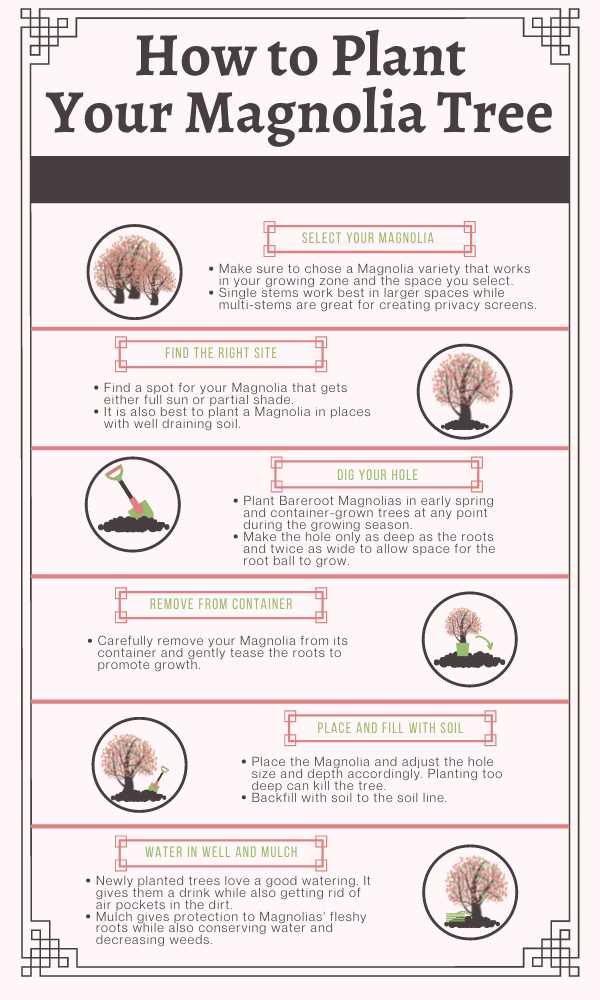
- Improved soil structure: Organic compost contains a variety of beneficial organisms and nutrients that help improve soil structure. It helps to create a loose, crumbly soil that is ideal for root growth and allows for better water infiltration and drainage.
- Enhanced soil fertility: Organic compost is rich in essential nutrients such as nitrogen, phosphorus, and potassium, as well as trace minerals. These nutrients are slowly released into the soil, providing a continuous supply of food for plants. This enhances soil fertility and promotes healthy plant growth.
- Increased moisture retention: The organic matter in compost acts like a sponge, absorbing water and holding it in the soil for longer periods. This helps to improve moisture retention, reducing the need for frequent watering and saving water resources.
- Suppresses diseases and pests: Compost contains beneficial microorganisms that compete with harmful disease-causing organisms, suppressing their growth. It also helps to attract beneficial insects and worms that feed on pest insects, reducing the need for chemical pesticides.
- Reduces soil erosion: Organic compost helps to build soil structure and improve water infiltration, reducing the risk of soil erosion. This is especially beneficial in areas with sloping terrain or heavy rainfall, where soil erosion can be a major concern.
- Environmentally friendly: Using organic compost instead of chemical fertilizers helps to reduce the reliance on synthetic inputs, minimizing the environmental impact. It also helps to recycle organic waste materials, reducing the amount of waste that goes to landfills.
How to prepare organic compost
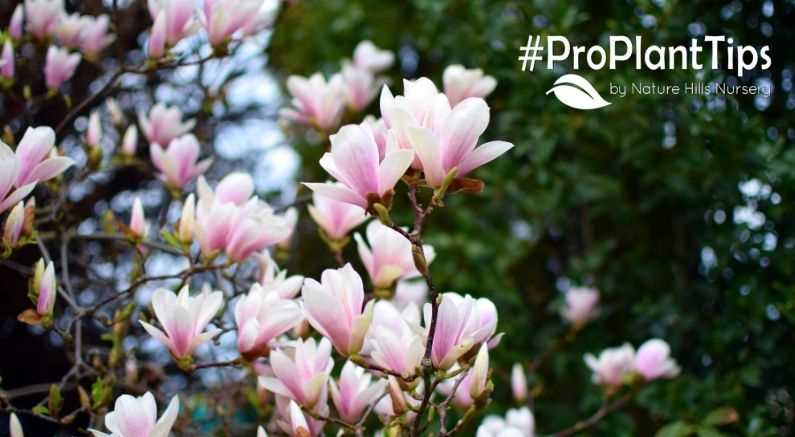
Composting is a natural process that turns organic materials into a nutritious soil amendment. By recycling kitchen scraps, yard waste, and other organic matter, you can create your own homemade compost that will enrich your garden soil and provide nutrients to your plants.
1. Choose the right ingredients
To prepare organic compost, you need a mix of brown and green materials. Brown materials include dry leaves, twigs, and shredded cardboard, while green materials include kitchen scraps, grass clippings, and fresh plant trimmings. Aim for a mix of approximately 3 parts brown materials to 1 part green materials.
2. Prepare your compost bin
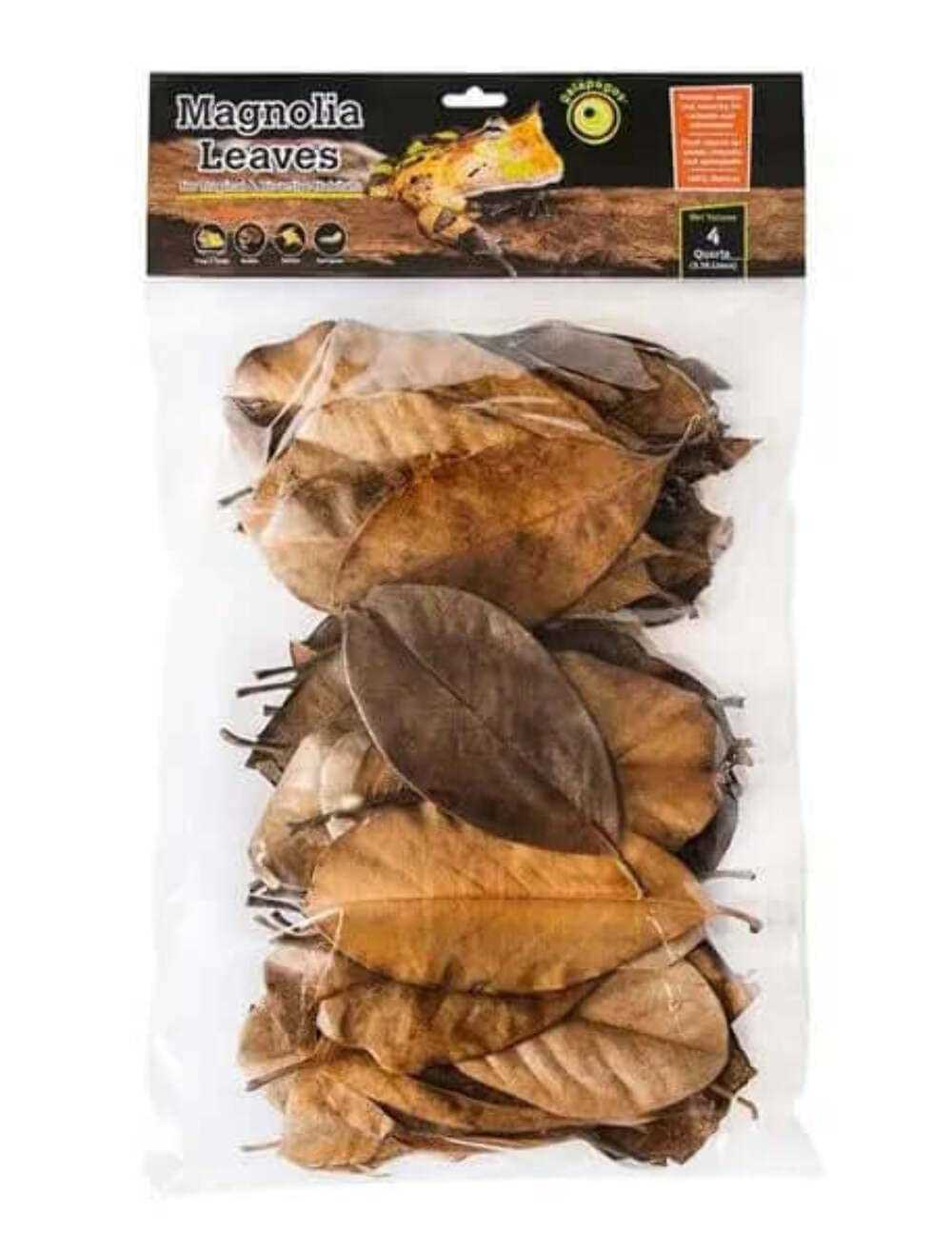
You can use a compost bin or a designated area in your yard for composting. Make sure the bin is well-ventilated and has a lid to keep pests out. If using an open area, create a compost pile by layering the materials.
3. Start layering
Begin by layering a thick layer of brown materials at the bottom of your compost bin or pile. Add a layer of green materials on top. Repeat this layering process until you have used all your organic matter.
4. Moisten the compost
Compost requires moisture to break down properly. Water each layer as you add it to the bin to ensure adequate moisture. The compost should be damp, but not soggy. If it becomes too dry, sprinkle some water to keep it moist.
5. Turn the compost
After a few weeks, use a garden fork or shovel to turn the compost. This helps to aerate the pile and speed up the decomposition process. Turn the compost every few weeks to mix the materials and ensure even decomposition.
6. Wait for the compost to mature
Composting is a slow process that can take several months to a year, depending on the conditions. The compost is ready to use when it has a dark, crumbly texture and an earthy smell. Use the compost to enrich your garden soil or as a mulch around your plants.
By following these steps, you can easily prepare organic compost that will help your plants thrive and reduce waste in your household. Happy composting!
Ingredient 2: Coir
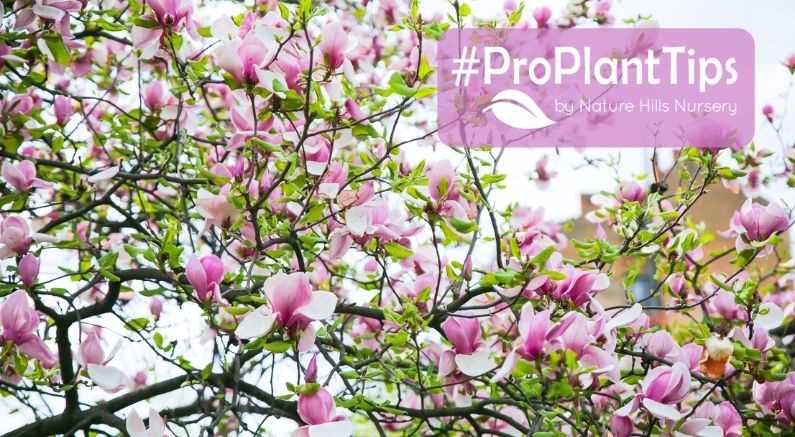
Coir, also known as coconut fiber, is a natural, biodegradable material that is derived from the husk of coconuts. It is commonly used in gardening and horticulture as a soil amendment, and it plays a vital role in creating an ideal magnolia substrate.
Coir has excellent water retention properties, which helps to keep the soil moist and provides a steady supply of moisture to the magnolia plant. This is especially important during dry periods or when the plant is establishing its roots.
In addition to its moisture retention abilities, coir is also well-draining. It allows excess water to flow through the substrate, preventing waterlogged conditions that can lead to root rot. This is crucial for magnolia plants, as they prefer consistently moist, but not soggy, soil.
Coir is also beneficial for its ability to aerate the substrate. It has a light, fibrous texture that helps to loosen the soil and improve its overall structure. This allows for better root development and enhances the plant’s ability to access oxygen and nutrients.
When using coir as an ingredient in your magnolia substrate, it is recommended to mix it with other materials, such as pine bark or perlite, to create a well-balanced mix. A ratio of 2 parts coir to 1 part pine bark or perlite is often recommended.
Overall, coir is an essential ingredient in creating the ideal magnolia substrate. Its unique combination of water retention, drainage, and aeration properties helps to create a healthy growing environment for magnolia plants, promoting their overall growth and vitality.
Why coir is an important ingredient
Coir, derived from the fibrous husk of coconuts, is an essential ingredient in creating the ideal magnolia substrate. There are several reasons why coir is a preferred choice:
- Excellent water retention: Coir has the ability to retain a significant amount of water, making it ideal for maintaining the moisture content required by magnolias.
- Good drainage: Despite its water retention capabilities, coir also allows for proper drainage, preventing the substrate from becoming waterlogged.
Neutral pH: Coir has a neutral pH level, which is beneficial for magnolias as they prefer slightly acidic to neutral soil. This helps provide an optimal growing environment for the plants. - Rich in nutrients: Coir contains natural nutrients that can benefit magnolias. These nutrients, such as potassium and phosphorus, help promote healthy growth and development.
- Sustainable and eco-friendly: Coir is a renewable and biodegradable resource, making it an environmentally friendly choice for substrate production. By using coir, you are contributing to sustainable gardening practices.
Overall, coir is a versatile and beneficial ingredient that plays a crucial role in creating the ideal magnolia substrate. Its water retention, drainage, neutral pH, nutrient content, and sustainability make it an excellent choice for cultivating healthy and thriving magnolias.
How to use coir in the substrate
Coir, also known as coconut fiber, is a versatile and popular component of the ideal magnolia substrate. It is derived from the husks of coconuts and offers several benefits for plant growth.
1. Preparation of coir
Before using coir in your substrate, it is important to properly prepare it to ensure optimal plant growth. Follow these steps:
- Soak the coir in water for at least 24 hours to remove any salts and impurities. This will also help to rehydrate the coir, as it usually comes in a dehydrated block or bag.
- After soaking, rinse the coir thoroughly to remove any remaining debris.
- Squeeze out any excess water from the coir. It should be moist but not dripping wet.
2. Mixing coir with other ingredients
Once the coir is properly prepared, you can mix it with the other ingredients of your substrate. Here’s how:
- Measure the desired amount of coir based on the size of your substrate. A general rule of thumb is to use 30-50% coir in the substrate mixture.
- Add the coir to a container or mixing tray.
- Next, add the other ingredients of your substrate, such as peat moss, perlite, and organic matter.
- Thoroughly mix all the ingredients together to ensure they are evenly distributed.
3. Using the coir substrate
Once the coir is properly mixed with the other ingredients, it is ready to be used as a substrate for your magnolia plants. Here are some tips for using the coir substrate:
- Make sure the substrate is evenly spread in pots or planting beds.
- Water the substrate thoroughly after planting to ensure proper hydration.
- Monitor the moisture levels in the substrate regularly and water as needed to maintain optimal conditions for plant growth.
- Coir has a natural ability to retain moisture and promote root growth, so it is important to avoid overwatering.
By following these steps, you can effectively incorporate coir into your magnolia substrate and provide an ideal environment for your plants to thrive.
Ingredient 3: Perlite
Perlite is an essential ingredient in creating the ideal Magnolia substrate. It is a volcanic glass that has been expanded and processed into lightweight, white, granular particles. Perlite has several properties that make it beneficial for plant growth.
Benefits of Perlite
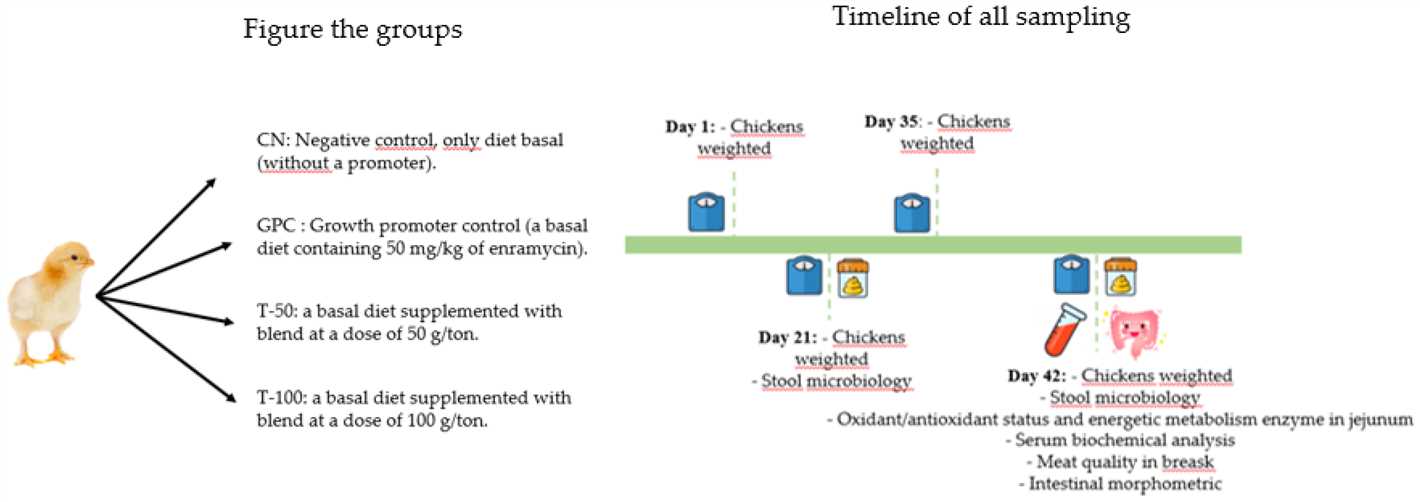
- Improved Drainage: Perlite has excellent drainage properties, allowing excess water to drain away quickly. This helps prevent root rot and waterlogged soil, which can be detrimental to plant health.
- Aeration: The porous nature of perlite allows air to circulate in the soil, promoting healthy root development. Adequate aeration is crucial for the uptake of oxygen and nutrients by the plant.
- Lightweight: Perlite is lightweight, making it easy to handle and mix into the substrate. This also helps prevent the soil from becoming too heavy and compacted.
- pH Neutral: Perlite is pH neutral, meaning it does not significantly affect the acidity or alkalinity of the soil. This allows for more precise control over the pH levels of the substrate.
How to Use Perlite
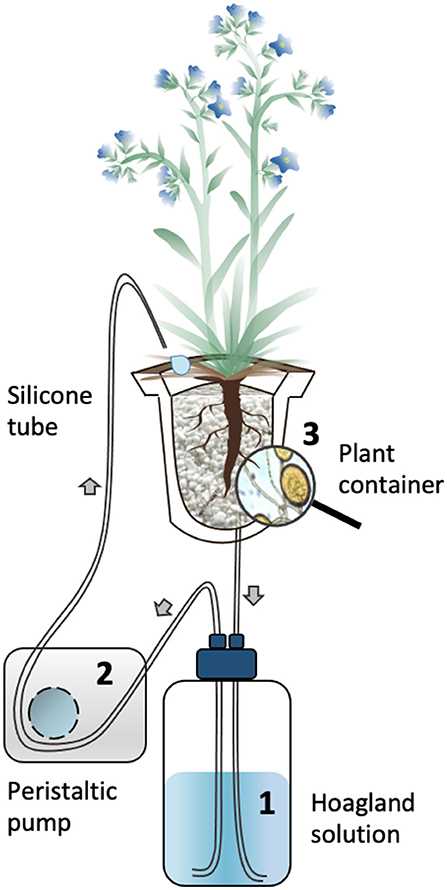
To incorporate perlite into the Magnolia substrate, mix it thoroughly with the other ingredients. Aim for a ratio of approximately 20-30% perlite to ensure proper drainage and aeration. The exact ratio may vary depending on the specific needs of the Magnolia plant.
When adding perlite, it is essential to wear gloves and a mask to protect yourself from inhaling the fine particles. Avoid compacting the substrate too much, as this can restrict root growth and impede proper drainage.
| Ingredient | Recommended Amount |
|---|---|
| Magnolia Horticultural Soil | 70-80% |
| Organic Compost | 10-20% |
| Perlite | 10-20% |
Remember to thoroughly water the substrate after planting to ensure proper hydration and settling of the mix. Monitor the moisture levels regularly and adjust watering accordingly to maintain optimal growing conditions for the Magnolia plant.
By including perlite in the Magnolia substrate, you create a well-draining and aerated environment that promotes healthy root development and overall plant growth.
The role of perlite in the substrate
Perlite is an essential ingredient in creating the ideal magnolia substrate. It is a naturally occurring volcanic glass that is expanded through a heating process. This expansion creates a lightweight and porous material with excellent drainage properties.
Perlite helps improve the soil structure by creating air pockets in the substrate, allowing for better root development and aeration. This is crucial for magnolias, as they require well-draining soil to thrive. The increased drainage provided by perlite helps prevent waterlogged conditions that can lead to root rot or other fungal diseases.
Moreover, the porous nature of perlite allows it to retain and release moisture, ensuring that the substrate remains consistently moist without becoming waterlogged. This feature is particularly beneficial for magnolias, as they prefer slightly moist soil.
In addition to its drainage and moisture-retention properties, perlite also contributes to the overall lightweight nature of the substrate. This is important for ease of handling, especially when transplanting or repotting magnolias.
When incorporating perlite into the magnolia substrate, it is recommended to mix it with other ingredients such as peat moss and coarse sand. An optimal ratio is typically 1 part perlite to 2 parts peat moss and 1 part coarse sand. However, the specific ratio can vary depending on the individual needs of the magnolia species and the desired soil structure.
“Question-Answer”
What are the three ingredients needed to create the ideal magnolia substrate?
The three ingredients needed are compost, peat moss, and perlite.
How much compost should I use for the magnolia substrate?
You should use equal parts of compost, peat moss, and perlite. So if you’re using 1 cup of compost, you should also use 1 cup of peat moss and 1 cup of perlite.
Why is compost important for creating the ideal magnolia substrate?
Compost is important because it provides essential nutrients for your magnolia plant. It also improves the soil structure and helps with moisture retention.
What is the purpose of peat moss in the magnolia substrate?
Peat moss helps with moisture retention and aeration of the soil. It also adds organic matter to the substrate.
Can I substitute perlite with something else?
Perlite helps with drainage and aeration in the substrate, so it’s best to use it. If you don’t have perlite, you can try using vermiculite as a substitute.
How often should I water the magnolia plant in the ideal substrate?
The frequency of watering depends on various factors such as the temperature and humidity levels. It’s best to water the magnolia plant when the top inch of soil feels dry.







